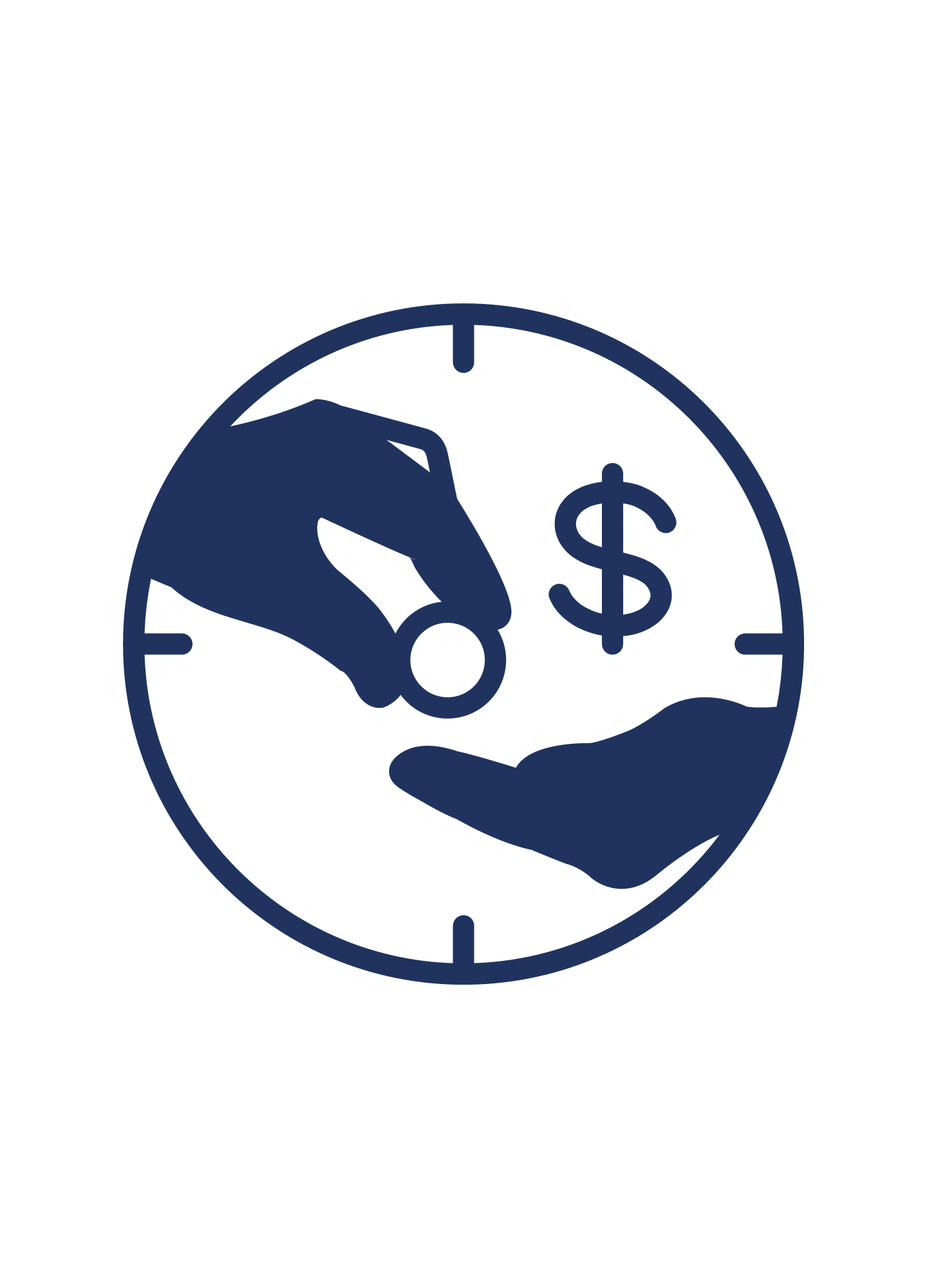Managing a healthy cash flow
The MB+M team highlight how important it is to manage a healthy cash flow for your small business
Managing a healthy cash flow is often tough for small businesses and it is particularly the case right now in the challenging economic conditions.
Many businesses are facing supply chain issues, and utilities and wage costs are increasing. Simultaneously, it is more expensive to borrow money and some sectors are suffering severe downturns.
Strong cash flow is the key to creating cost advantage. It helps you to capitalise on opportunities and keep the business going.
With rising interest rates expected to continue to contribute to increased costs, it will be important for businesses to build and manage their cash reserves to take advantage of opportunities.
In this climate, recent changes to rules and regulations may both help and hinder cash flow. Here are some to keep an eye on.
Minimum wage rise
For example, the Fair Work Commission’s recent increase to the national minimum wage will add costs for some employers.
The 5.75% increase must be paid to employees who are not covered by an award or registered agreement. The new minimum wage of $882.80 per week or $23.23 per hour must be paid from 1 July 2023.i

Changes to employee super
The Superannuation Guarantee – the amount that employers must pay to their workers’ super funds – has increased again from 1 July 2023.
You now need to pay 11% of an employee’s ordinary time earnings. This amount will increase by 0.5% in 2024 and a further 0.5% in 2025 bringing it to 12%.ii
Payment of the superannuation guarantee payments to your employees should be made at least four times a year. The payments must be made in full by the quarterly due dates, which are 28 days after the end of each financial quarter
However, some employers – often those with cashflow issues – have been dragging the chain on payments. As a result, billions of dollars in super are owed. The Australian Taxation Office says that, in 2019-2020, $3.4 billion in employees’ super went unpaid.iii
The solution will potentially have a big effect on small business cash flow.
From 1 July 2026, employees’ super must be paid at the same time they receive their wages.
The federal government is calling it ‘payday super’. Treasurer Jim Chalmers says more frequent super payments will make payroll management smoother and employers will have fewer liabilities building up.
And to strengthen the system, the ATO will receive extra funds to help it detect unpaid super payments earlier.
New PAYG and GST instalment rates
The Federal Budget delivered a potentially positive boost for small business cash flow with a change to the quarterly Pay As You Go (PAYG) and goods and services tax (GST) instalment payments.iv
These payments are available to small businesses with an annual turnover of up $10 million for GST instalments and an annual turnover of up to $50 million for PAYG instalments.
The ATO adjusts the amount each year depending on increases or decreases in Australia’s gross domestic product (GDP) in the previous year. That would have meant a 12 per cent increase to instalment payments because GDP has performed strongly in the last 12 months. However, the government has decided to cut the increase to 6 per cent for this financial year.
Instant asset write-offs
In another bonus for cash flow management, the new rule for instant asset write-off is good news if you are considering any big purchases this financial year.
The instant asset write-off allows eligible businesses to claim an immediate deduction for the cost of assets. These could include tools, computers and office equipment, freestanding office furniture, and vehicles.v
Instant asset write-off can be used for any number of assets purchased for use during the year, if the cost of each asset is less than the $20,000 threshold. It can also be used for second-hand assets.
However, there are some exclusions. These include some assets that are leased out, plants including grapevines, assets used in research, and capital works such as new buildings and improvements.
Assets valued at $20,000 or more, which can’t be immediately deducted, can be depreciated at 15% in the first income year and 30% each year after.
Get in touch with us for more information on the new rules and regulations or to help improve your cash flow management.
Sources
- i https://www.fairwork.gov.au/pay-and-wages/minimum-wages/pay-guides
- ii Super guarantee percentage | Australian Taxation Office (ato.gov.au)
- iii Introducing payday super | Treasury Ministers
- iv Small Business Support – helping small business manage tax instalments and improve cashflow | Australian Taxation Office (ato.gov.au)
- v Instant asset write-off | Australian Taxation Office (ato.gov.au)
Published 7 August 2023.
The information provided in this article is general in nature only and does not constitute financial advice.